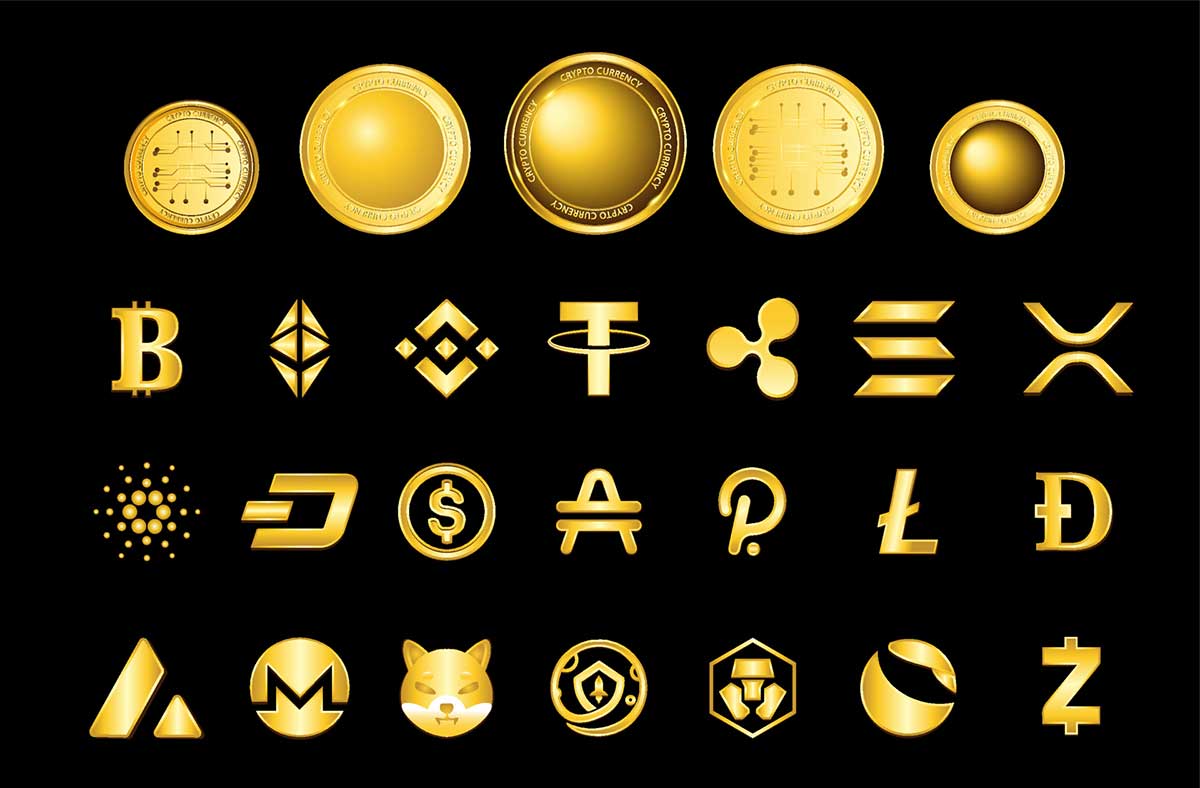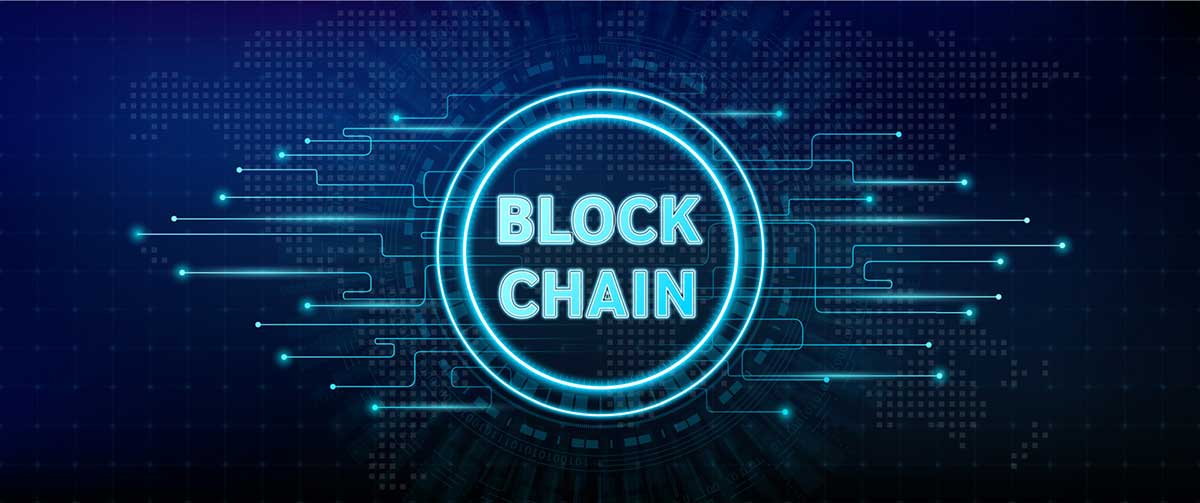How to Create a Blockchain Database: A Step-by-Step Guide.

To create a blockchain database, you need to follow these steps: define a use case, select a suitable blockchain platform, design the database schema, and develop smart contracts to enforce the database’s rules. The invention of blockchain technology has revolutionized the way we store, manage and transfer data.
Blockchain technology enables the creation of immutable and decentralized databases that are transparent, secure and tamper-proof. In other words, it is a digital ledger that records every transaction made by a network of participants. Blockchain databases are excellent alternatives to traditional databases because they are independent of any central authority, making them more secure and versatile.
Moreover, they provide a higher level of accountability, transparency, and traceability, making them incredibly useful for many different use cases. If you are interested in creating a blockchain database, keep reading this article to learn more about what it takes to build one from scratch.

Credit: www.antiersolutions.com
Understanding Blockchain Database
Blockchain technology has taken the world by storm since its inception. Although it was initially conceptualized to underpin bitcoin, it has since found significant use cases in industries such as finance, healthcare, and supply chain management. One crucial aspect of blockchain technology is a blockchain database.
This article seeks to explain what a blockchain database is, how it differs from traditional databases, and their advantages and disadvantages.
What Is A Blockchain Database?
A blockchain database is a distributed digital ledger that allows multiple parties to store, verify, and share data without the need for a central authority. It is a continuously growing list of records called blocks, which are linked and secured using cryptography.
Each block contains a unique digital signature, timestamp, and a cryptographic hash of the previous block.
Here are some key points:
- Each block is linked securely to the previous block, creating a chain of blocks, hence the name blockchain.
- Blockchain databases operate on a consensus algorithm that ensures all parties in the network agree on the transactions entered into the database.
- Every node in the network has a copy of the blockchain database, making it tamper-proof and transparent.
How Does A Blockchain Database Differ From Traditional Databases?
Traditional databases are centralized, meaning that they are controlled by a single entity or organization, and all parties with access to the database store their data there. Blockchain databases, on the other hand, are decentralized, meaning they are not controlled by a single entity but are maintained by multiple nodes.
Here are some key points:
- Traditional databases fall prey to attacks such as hacking, data theft, and data manipulation due to their centralized nature.
- Blockchain databases have no single point of failure and are highly resilient to attacks since they have no central authority and use cryptography to secure data.
- Traditional databases use a client-server model to access data, while blockchain databases use a peer-to-peer network.
Advantages And Disadvantages Of Blockchain Databases
Like any other technology, blockchain databases have their advantages and disadvantages.
Advantages:
- Immutability: Data stored in the blockchain database is tamper-proof and cannot be altered or deleted without the consensus of all nodes in the network.
- Transparency: Every transaction in the blockchain database is transparent and recorded in a block, which can be accessed by anyone in the network.
- Security: Transactions in blockchain databases are secure and cannot be hacked since all nodes in the network validate the transactions.
Disadvantages:
- Scalability: Due to the high computational requirements of blockchain databases, it is challenging to scale them to handle large amounts of data.
- Complexity: Blockchain databases are complex, and it takes a considerable amount of time and resources to develop and implement them.
- Energy consumption: Blockchain databases consume a lot of energy, which can be a significant drawback especially when implementing them on a larger scale.
Blockchain databases are revolutionizing the way organizations store, share, and transact data. Although they have their advantages and disadvantages, their potential to reduce costs and enhance security makes them a technology worth considering.
Step-By-Step Guide To Creating A Blockchain Database
Step 1: Define The Purpose Of The Database
Before creating a blockchain database, it’s essential to define its purpose. Here are some key points to consider:
- What kind of data will the database store?
- Who will have access to the database?
- What are the performance requirements of the database?
- What are the security requirements of the database?
Once you have a clear understanding of the purpose of the database, you can move on to the next step.
Step 2: Choose A Blockchain Platform
The next step is to choose a blockchain platform. There are several blockchain platforms available in the market, such as ethereum, hyperledger fabric, corda, and more. Here are some key points to consider while selecting a blockchain platform:
- The ease of use and learning curve of the platform.
- The scalability and performance of the platform.
- The level of security and privacy that the platform offers.
- The community and ecosystem around the platform.
After selecting the platform, the next step is to design the schema and smart contracts.
Step 3: Design The Schema And Smart Contracts
To design the schema and smart contracts, you need to define the data structures that will be stored in the blockchain database. Here are some key points to consider:
- Define the data structure of the blockchain database.
- Define the smart contracts that will manage the interactions with the database.
- Ensure that the smart contracts are secure and cannot be tampered with.
Once you have designed the schema and smart contracts, the next step is to develop and deploy the database.
Step 4: Develop And Deploy The Database
Developing and deploying the blockchain database requires a highly technical skillset. Here are some key points to consider:
- Develop and test the smart contracts.
- Deploy the smart contracts to the blockchain platform.
- Connect the smart contracts to the client application.
Once deployed, it’s time to test and maintain the database.
Step 5: Test And Maintain The Database
The final step is to test and maintain the blockchain database. Here are some key points to consider:
- Test the smart contracts for accuracy and security.
- Monitor the performance of the database to ensure it meets the required performance standards.
- Continuously maintain and update the database as needed.
Creating a blockchain database requires careful planning and execution. By following these steps, you can create a secure and scalable database that meets your business requirements.
Best Practices For Building A Blockchain Database
Creating a blockchain database is a complex process that requires careful consideration of several important factors. In addition to implementing the appropriate technical specifications, best practices must be observed to ensure that the database is built in a secure and scalable manner that adheres to relevant regulations.
In this section, we will examine some of the key best practices for building a blockchain database.
Security Considerations
Security is a top priority when building a blockchain database, and there are several best practices that can be followed to ensure the security of the database:
- Implement strong encryption protocols to secure data transmission and storage.
- Choose a consensus mechanism that is secure and reliable, such as proof-of-work or proof-of-stake.
- Utilize multi-party computation (mpc) to enhance the security of private keys.
- Regularly monitor the database for potential security breaches and implement appropriate mitigation strategies in case of an attack.
Scalability Solutions
Scalability is another important factor to consider when building a blockchain database. The following are some best practices that can be employed to ensure that the database can support high transaction volumes:
- Use parallel processing to enhance the transaction processing speed.
- Choose a consensus mechanism that can handle large transaction volumes without compromising the security of the database.
- Implement sharding, which involves splitting a database into smaller, more manageable parts, to increase scalability and performance.
Interoperability And Standardization
Interoperability and standardization are crucial for ensuring that a blockchain database can operate effectively with other databases and systems. The following are some best practices for achieving interoperability and standardization:
- Utilize open-source technology to ensure compatibility with other systems.
- Employ standard data formats and protocols to simplify data exchange between different databases.
- Participate in industry consortia or other collaborative efforts to promote interoperability and standardization.
Governance And Regulation
Governance and regulation are vital aspects of building a blockchain database, as they provide structure and oversight for the database’s operation. The following are some best practices for achieving sound governance and regulation:
- Ensure compliance with relevant data protection and privacy regulations, such as gdpr or ccpa.
- Establish clear rules and procedures for managing the database, including how data is collected, stored, and accessed.
- Implement appropriate audit and control mechanisms to ensure transparency and accountability in the management of the database.
By following these best practices, you can help ensure that your blockchain database is secure, scalable, interoperable, and compliant with relevant regulations. However, it’s important to note that building a blockchain database requires a high level of technical expertise and is not recommended for beginners.
If you are new to blockchain development, it may be best to enlist the help of a qualified professional to ensure that your database is built to the highest standards.
Future Of Blockchain Databases
Emerging Trends And Innovations In Blockchain Database Technology
Blockchain technology is continually evolving, and its integration with databases has led to futuristic innovations. Here are some emerging trends and innovations in blockchain database technology:
- Decentralized autonomous organizations (daos): Daos are an innovative concept that offers new possibilities for the decentralization of governance and decision-making. Daos use blockchain technology to create a community-based system that allows members to vote, make proposals, and make decisions on how the organization operates.
- Interoperability: Interoperability is essential to the success of blockchain databases, enabling data to be shared among different blockchains. With blockchain interoperability, data becomes more easily accessible and less vulnerable to data breaches.
- Smart contracts: Smart contracts are self-executing computer programs that automatically enforce contract clauses via blockchain. They can replace traditional legal contracts, reducing the need for intermediaries and increasing transaction speed and transparency.
Potential Impacts On Industries And Society As A Whole
Blockchain databases have the potential to revolutionize various industries and positively impact society as a whole. Here are some potential impacts:
- Financial services: Blockchain databases can increase efficiency, reduce costs, and improve security and transparency in financial transactions. Smart contracts can automate payment and settlement processes, while decentralized autonomous organizations can allow for community-based financial management.
- Healthcare: Blockchain databases can improve data security, privacy, and interoperability in healthcare. By using blockchain, data can be easily transferred and tracked while maintaining confidentiality, and smart contracts can automate healthcare processes.
- Supply chain management: By providing a decentralized, transparent, and immutable record of each transaction, blockchain databases can revolutionize supply chain management, increasing traceability, and accountability.
Final Thoughts And Considerations For Adopting Blockchain Databases
Adopting blockchain databases can bring numerous benefits. Here are some final considerations:
- Use case: Before adopting a blockchain database, consider the use case and whether blockchain is the best solution.
- Technical expertise: Implementing blockchain databases requires technical expertise, and it may be beneficial to seek external support.
- Regulatory compliance: Blockchain databases can impact regulatory compliance regarding data protection and privacy. Ensure compliance with relevant laws and regulations.
- Costs: Implementation costs can vary, and it is essential to evaluate the long-term costs and benefits of adopting blockchain databases.
Blockchain databases have immense potential in improving various industries and positively impacting society as a whole. With the emerging trends in blockchain technology and the potential benefits, it is essential to thoroughly evaluate the use case, technical expertise, regulatory compliance, and costs before adopting blockchain databases.
Frequently Asked Questions For How To Create A Blockchain Database
What Is A Blockchain Database?
A blockchain database is a decentralized, immutable database that stores information across a network of computers. The data is stored in blocks that are secured with cryptography. Each block in the chain is linked to the previous block, creating a secure and transparent ledger.
Why Would You Want To Create A Blockchain Database?
Creating a blockchain database is useful for industries that require secure and transparent data storage. These can include financial institutions, healthcare, government organizations, supply chain management, and more. By using blockchain technology, data can be secured and tamper-proof.
What Are The Benefits Of A Blockchain Database?
A blockchain database offers several benefits, including transparency, security, decentralization, and efficiency. It eliminates the need for intermediaries and provides secure and tamper-proof data storage, making it useful for businesses that handle sensitive information.
What Are The Steps To Create A Blockchain Database?
To create a blockchain database, you need to decide on the type of blockchain you want to use, choose a consensus mechanism, create the data schema, design the api architecture, and implement your database in a programming language like solidity.
Can Blockchain Databases Be Edited Or Deleted?
Once data has been added to the blockchain database, it cannot be edited or deleted. This is because the blockchain is immutable, and changing data in one block would require changing all subsequent blocks. This makes data on the blockchain secure and tamper-proof.
Conclusion
After following the step-by-step guide on creating a blockchain database, you can now safely say that you have an understanding of how this technology works. Blockchain databases provide an immutable and secure way of storing data, making it ideal for industries that require high levels of data integrity.
The decentralized nature of the blockchain ensures that no single entity has control over the database, providing a transparent and trustworthy system for all users. With the rise of blockchain technology in recent years, being able to create a blockchain database is a valuable skill to have.
By following the tips and tricks outlined in this article, you are now equipped with the knowledge you need to create your own blockchain database. Stay tuned for more tips on how to utilize blockchain technology in your business or personal projects.







